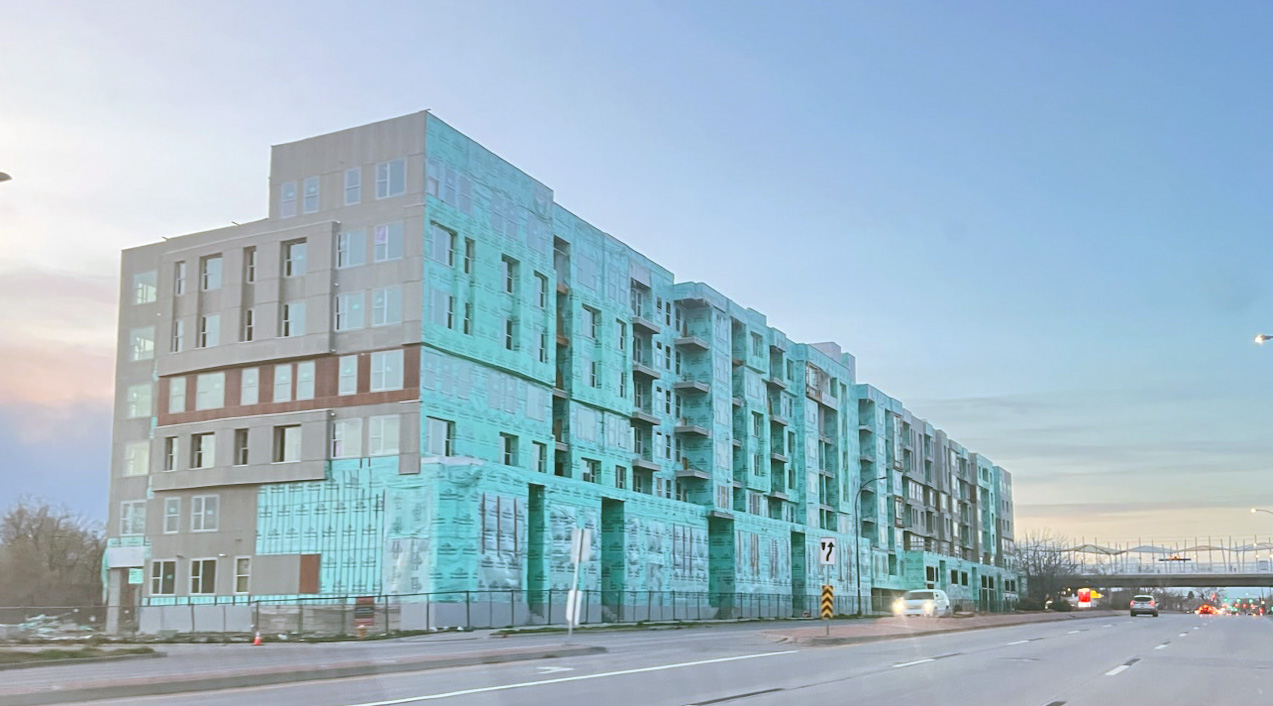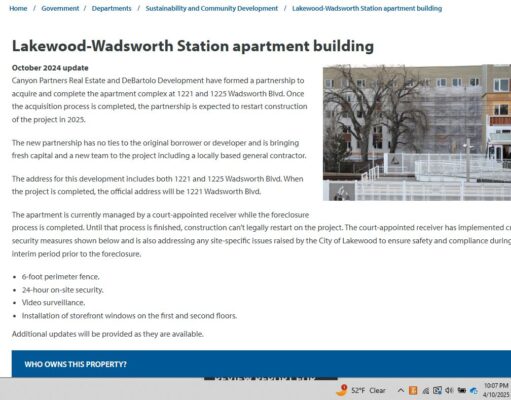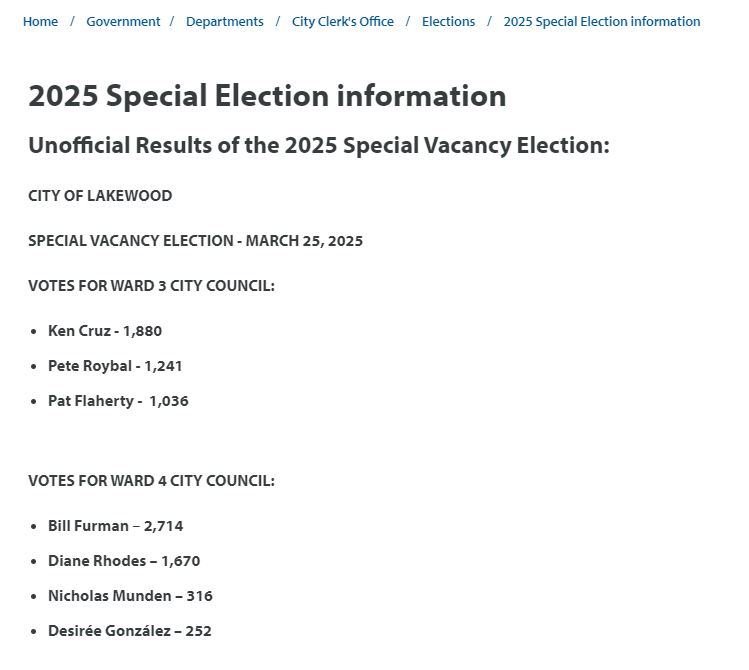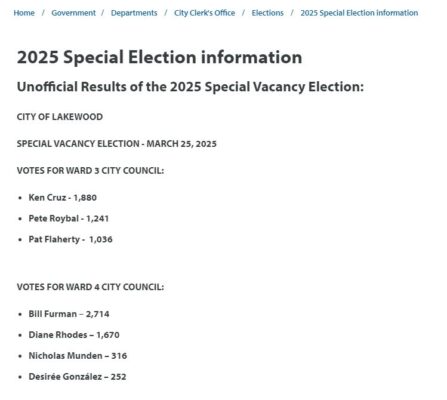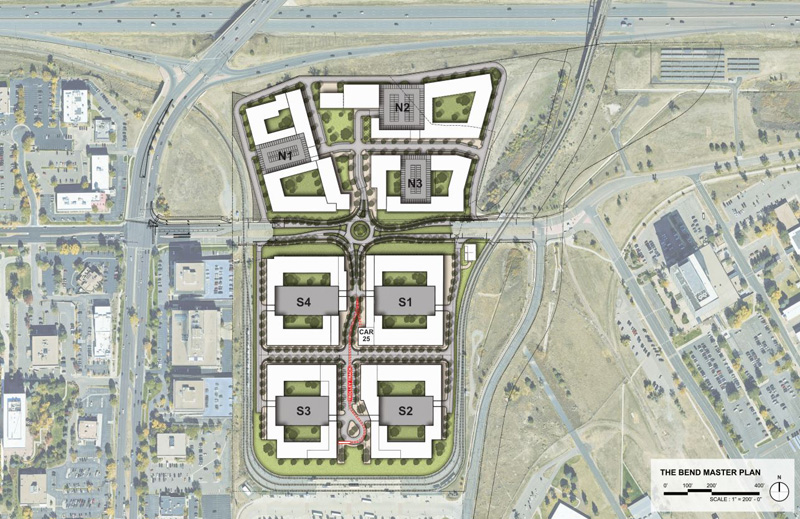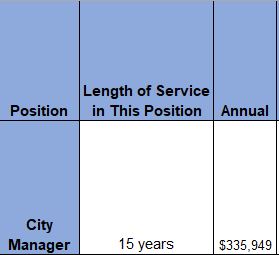By Karen Gordey
Tucked between Lakewood’s bustling shopping centers and its picturesque parks lies the Denver Federal Center (DFC), a 670-acre campus home to over 25 federal agencies. To most passersby, it’s a secure and efficient government hub. But beneath its streets, buildings, and manicured lawns lies a chemical past that many residents have never been told.
What Is a Superfund Site?
A Superfund site is a polluted location in the United States that requires a long-term response to clean up hazardous material contaminations. These sites are designated under the Comprehensive Environmental Response, Compensation, and Liability Act (CERCLA), a federal law enacted in 1980. The Environmental Protection Agency (EPA) is responsible for identifying these sites and overseeing cleanup efforts to protect public health and the environment. The designation of a Superfund site is reserved for the most severely contaminated properties
The DFC earned its Superfund designation in the 1980s due to decades of industrial and military use that left behind a toxic stew of solvents, petroleum products, heavy metals, and polychlorinated biphenyls (PCBs). These contaminants infiltrated the soil and groundwater, some migrating offsite and threatening surrounding communities.
What is a Brownfield Site?
Brownfield sites are often used for urban renewal projects around the country. The Denver Federal Center is NOT a brownfield site. A brownfield site are often industrial or commercial properties (for example, gas stations, dry cleaners, warehouses) where low to moderate contamination from a hazardous substance pollutant or contaminant may exist.
A Wartime Footprint with Lasting Impact
Originally established as the Denver Ordnance Plant during World War II, the DFC was a key player in America’s wartime production. The facility once employed over 22,000 workers and churned out more than 6,000 cartridges per day. But the speed and scale of production came with environmental consequences.
Manufacturing and testing munitions involved a host of hazardous chemicals. Following the war, the General Services Administration (GSA) took over the site, transitioning it into a campus for multiple federal agencies. Unfortunately, waste disposal practices of the era were primitive by today’s standards. Wastes—including solvents, heavy metals, and PCBs—were buried in landfills scattered across the campus. One particularly damaging leak occurred near Building 52, where an underground storage tank released 1,1,1-trichloroethane (TCA), a solvent used in asphalt testing. The resulting groundwater plume migrated beyond the property’s boundaries, contaminating nearby wells.
Cleanup Efforts: Too Little, Too Late?
The scope of contamination eventually triggered federal intervention. By the late 1980s, extensive remediation was underway. Crews removed over 775,000 tons of waste and more than 340,000 tons of contaminated soil, particularly from heavily affected areas like Downing Reservoir. While these efforts were substantial, the contamination’s reach and the complexity of groundwater remediation pose lingering concerns.
The Denver Federal Center was removed from the Superfund list in 2012 due to clean up measures being concluded. However, if development is going to be done more testing may be needed.
A water permit issued September 1,2022 and expires August 31, 2027. This allows the DFC to discharge into the McIntyre Gulch entering Lakewood Gulch, which is a tributary to the South Platte River. There are 8 outflow monitoring points between the DFC and the South Platte River. The permit does transfer with a sale of the property. A condition of this permit is to notify the EPA in writing as soon as possible of any planned physical alterations or additions to the permitted facility. Has this been done? What happens when the ground is disturbed? Are these chemicals going to go into the water? What about the wind? How much is this going to cost the Lakewood citizens?
Per the chemistry case study from 1/23/2001, the DFC has a permeable reactive barrier that is a funnel-and-gate system with 4 reactive gates. Performance of 2 of the gates has been difficult to assess due to trichloroethylene (TCE) and dichloroethylene (DCE) contamination. In fact there were originally 26 different chemicals found at the DFC of which 12 are known carcinogens (cancer causing). Has the developer, city, water board tested for these 26 chemicals?
(This link has a list of the 26 chemicals: https://drive.google.com/drive/folders/1O0eNIOLdCo833C0xGKrvvRAeH9sUeVez )
In the next installment, we’ll shift our attention to the City of Lakewood’s role—specifically the Planning Commission and the Lakewood Reinvestment Authority (LRA)—to explore how land use decisions and redevelopment incentives intersect with environmental concerns at the Denver Federal Center. As public agencies move forward with projects like “The Bend,” it’s critical to examine the transparency, accountability, and long-term implications of these planning processes. Because when contamination meets redevelopment, what you don’t know can hurt you—and the cost of looking the other way may be too high.
Please Note, the author did send an email on April 7th to the Mayor and City Council requesting to talk about this project. No one has yet to respond.
Important Upcoming dates:
April 21st at 7pm – Virtual Study Session with City Council and the Lakewood Reinvestment Authority (LRA)
May 8th at 6:30 pm – Screening of the movie “Half Life of Memory, Rockleys Event Center 8555 W Colfax Ave, Lakewood, CO 80215
May 12th at 7 pm – City Council Meeting, 400 S. Allison Parkway, Lakewood, CO, 80226. 7pm Public Hearing for the 1.) Creation of Urban Renewal District 2.) Creation of Metro District 3.) Approval of parkland dedication packing including improvements in-lieu of a site greater than 15 acres.


